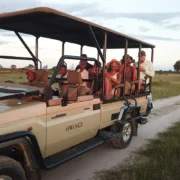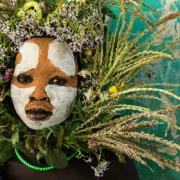
Discovering Kenya’s Great Migration: A Year-Round Phenomenon
Most people only know about the peak migration period from July to October, where millions of wildebeest and other grazing herbivores make their way from the Serengeti in Tanzania to the Maasai Mara in Kenya. But the migration is so much more than just that.The Great Migration in Kenya is a stunning natural spectacle that spans the entire year, with each month offering unique and exciting events for visitors to witness.
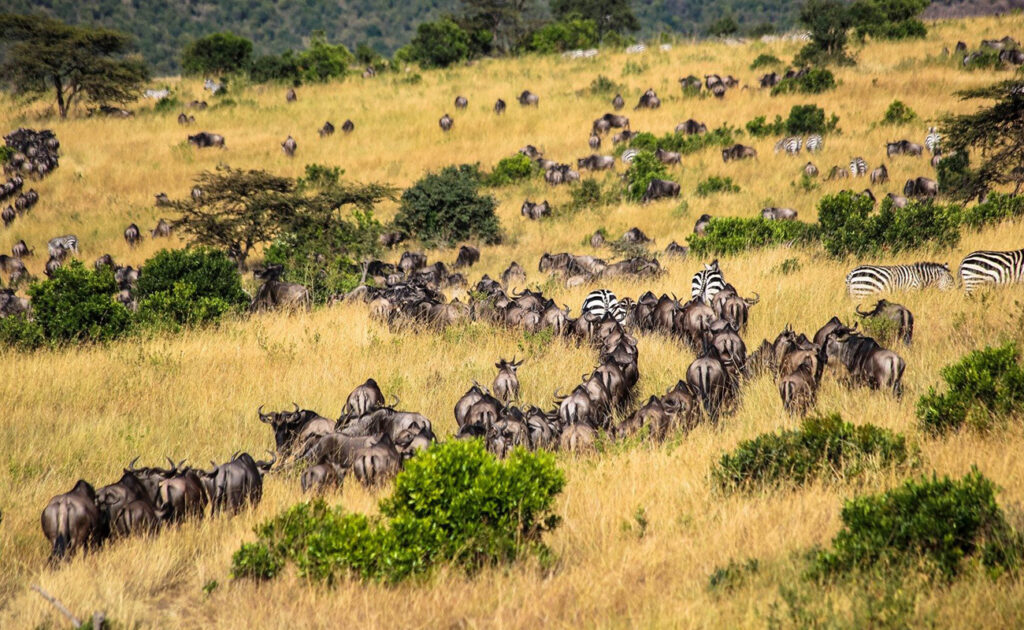
In January, the migration begins with the herds moving south from the northeast towards the Lake Ndutu area in search of fresh grazing lands. The Serengeti is not fenced, so these majestic animals are free to roam and move wherever they can find food. As the rainy season sets in, the Serengeti becomes vibrant with new life as many young rhinos and antelopes are born.
From February to March, the Serengeti is alive with the wildebeest calving season, with 8,000 babies born each day. However, danger lurks as predators like big cats, jackals, wild dogs, and hyenas prey on the newborns. It’s a delicate balance of survival in the wilds of the Serengeti.
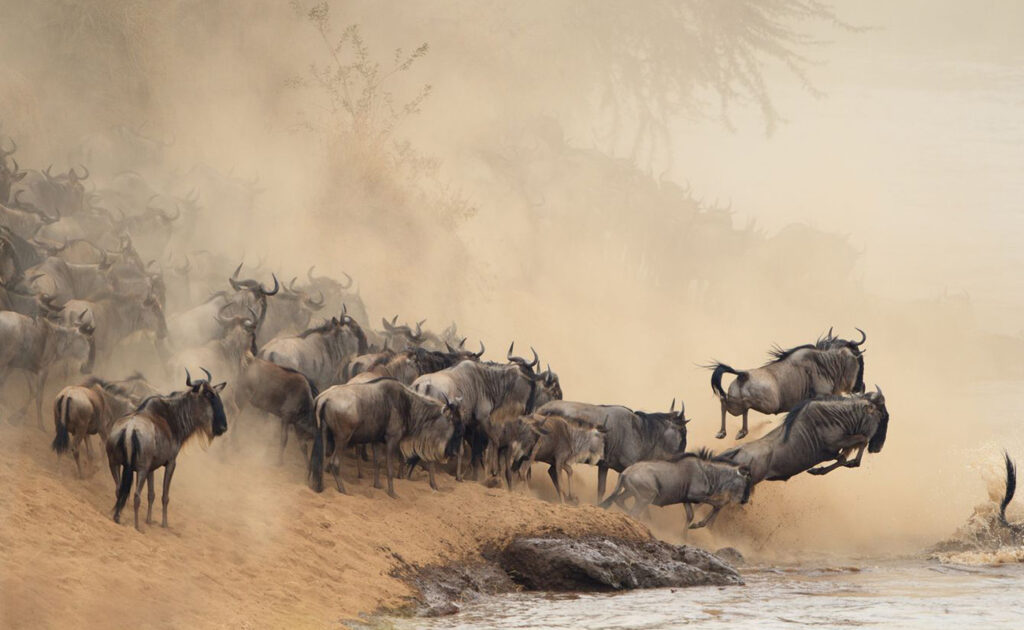
April to May marks the beginning of a new chapter in the migration as the herds start to move in a north-westerly direction towards the Moru and Simba Kopjes, in search of new grazing lands. As the vegetation starts to dry up, the herds continue their journey towards the Mara River in western Kenya.
The peak of the migration takes place from June to July, as huge herds of wildebeest, zebras, and antelopes make their way towards the Serengeti National Park and the Masai Mara National Reserve in Kenya. This is the best time for tourists to witness the migration, as the herds cross the Grumeti River, where they face the dangers of crocodiles waiting to ambush them.
In August and September, the herds congregate in the Masai Mara and Serengeti, searching for water and grazing lands. This is another prime time for tourists to observe the migration, as they can witness the incredible spectacle of animals crossing rivers and grasslands, while being preyed upon by predators like lions and crocodiles.
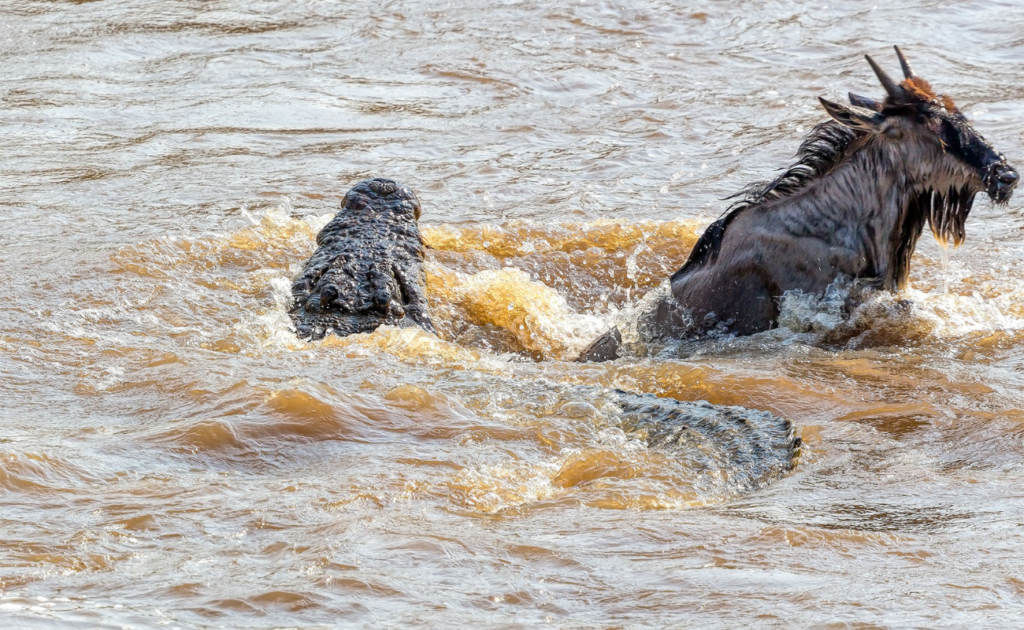
As the year draws to a close, from October to November, the animals begin to head back south towards new grazing lands and water sources. Tourists can also witness the spectacle of the animals crossing the border between Kenya and Tanzania during this time.
Overall, the Great Migration in Kenya is a truly inspiring natural phenomenon, showcasing the resilience and adaptability of nature. It’s a must-see for anyone visiting Kenya and a once-in-a-lifetime experience that will leave visitors with unforgettable memories. Contact Wanderprime for a private and customised experience in amazing Africa!


